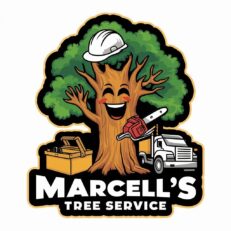Rubber landscape edging is an innovative and eco-friendly solution for homeowners and landscaping professionals looking for a versatile and durable material to edge their gardens, walkways, and other landscaping features. Made from recycled rubber tires, this edging material is not only environmentally sustainable, but it also offers a wide range of benefits over traditional landscaping edging materials such as wood, stone, and plastic.
One of the main advantages of rubber landscape edging is its flexibility. Unlike rigid materials like wood and stone, rubber edging can be easily curved or shaped to fit any landscaping design. This flexibility makes it ideal for edging curved garden beds, winding paths, or irregularly shaped landscaping features. In addition, rubber edging is easy to install, requiring no special tools or equipment, and can be cut to the desired length with a simple utility knife.
Another advantage of rubber edging is its durability. Rubber is a tough and resilient material that can withstand the harsh outdoor elements, including extreme temperatures, heavy rain, and strong winds. It is also resistant to cracking, rotting, and fading, making it a low-maintenance option that will last for years with minimal upkeep. Additionally, rubber edging is less likely to be damaged by lawn mowers or other landscaping equipment, reducing the risk of costly repairs or replacements.
In addition to its practical benefits, rubber landscape edging is also aesthetically pleasing. It comes in a variety of colors and textures to match any landscaping design, from natural-looking brown or green to bold red or blue. Some rubber edging products even have a faux stone or wood grain texture that looks just like the real thing. This makes rubber edging a versatile and attractive option for any landscaping project.
Perhaps the most compelling benefit of rubber landscape edging, however, is its environmental sustainability. Made from recycled rubber tires, it is an eco-friendly alternative to traditional edging materials that can take hundreds of years to decompose in landfills. By choosing rubber edging, homeowners and landscaping professionals can help reduce waste and conserve natural resources while still achieving a beautiful and functional landscaping design.
Of course, there are some potential downsides to rubber landscape edging that should be considered. For one, it can be more expensive than some traditional edging materials like wood or plastic. Additionally, some people may not like the look or feel of rubber edging, or may find that it does not fit the aesthetic of their landscaping design.
Overall, rubber landscape edging is a versatile, durable, and eco-friendly option for anyone looking to add some style and function to their landscaping design. Whether you’re a homeowner looking to spruce up your yard or a landscaping professional looking for a reliable edging material for your clients, rubber edging is worth considering for its many benefits and minimal drawbacks.
